This work would not have been possible without the wonderful investigation being done by María del Mar Gámiz Vidiella. This Bestiary is as much her's as it is mine.
The following animals are based on descriptions found in classical sources, or those written by naturalists in their travels. The process we followed involved Maria del Mar searching (in a wide range of books) for passages in which animals are described in peculiar ways, then editing those texts so the animal's names are excluded from the description. This is central to the project: I don't know what animal is being described. So the drawings are based solely on the written accounts. The idea is to try to reproduce the experience of a person who reads about some beast he has never seen before (say a hyena or a shark). Before photography and google, this was not an uncommon experience.One of the things we find to be interesting is how wildly different the imagined animal can be to the real one. If you were so inclined, you might spend a little time thinking how many possible versions of the elephant existed in the imagination of Europeans between the Ist and the XIVth centuries, several of whom had heard about them but most had never seen a pachyderm in their lives. You add that to the fact that maps still had vast blank areas in them, and you end up with a version of the world that has a certain kind of infinity to it.
This is going to be a book. The first chapter we did was: https://www.behance.net/gallery/18558221/Beastiary-of-Improbable-animals
Note: you will find the names of the actual animals being described next to each drawing. It should be said that at the time of the writing of most of these texts, many mythological creatures were just as real as cats, wolves, or giraffes. Also, I am of the opinion a giraffe, for example, is just as improbable as any sciapod or unicorn.
Finaly: ahí ustedes disculparán el espanglish.
ANCIENT BEASTS
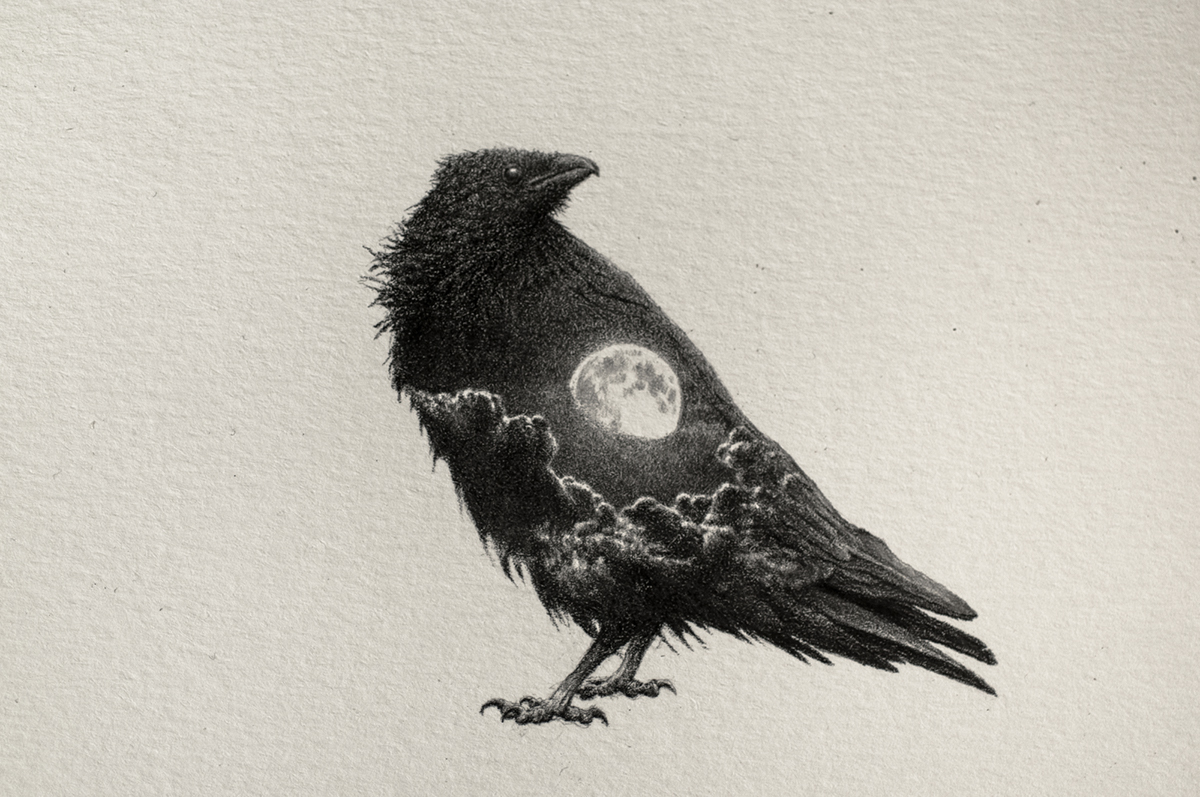
Apis
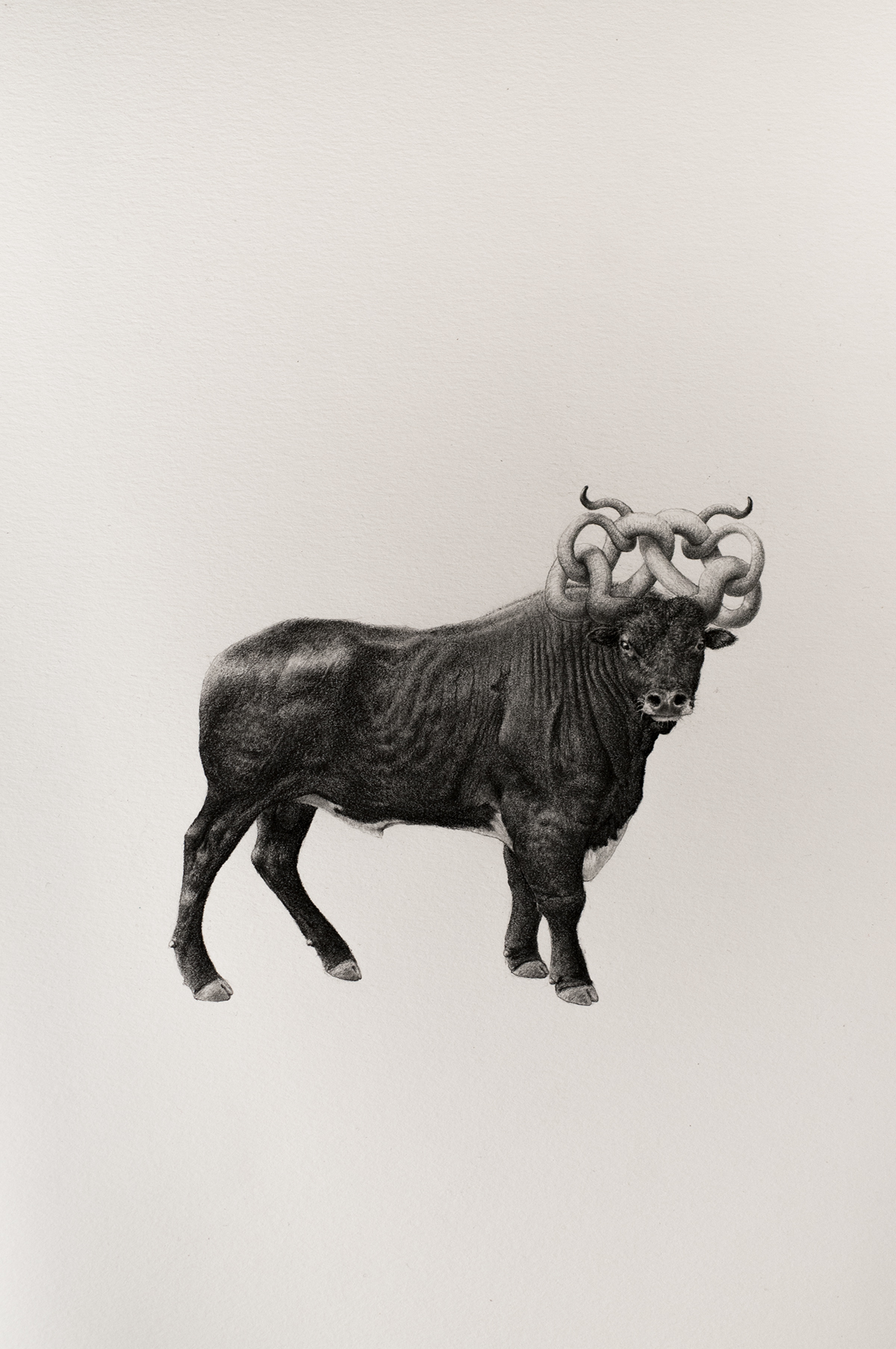
Bonaso
“Cuentan de una fiera de Peonia que se llama ***, con crin de caballo y en lo demás parecida al toro, con los cuernos tan enroscados que no son aptos para el combate. A causa de ello, busca refugio en la huida y deja en ella un excremento, en una extensión de hasta tres yugadas* a veces, cuyo contacto abrasa a sus perseguidores como una especie de fuego.”
Plinio
“Cuentan de una fiera de Peonia que se llama ***, con crin de caballo y en lo demás parecida al toro, con los cuernos tan enroscados que no son aptos para el combate. A causa de ello, busca refugio en la huida y deja en ella un excremento, en una extensión de hasta tres yugadas* a veces, cuyo contacto abrasa a sus perseguidores como una especie de fuego.”
Plinio
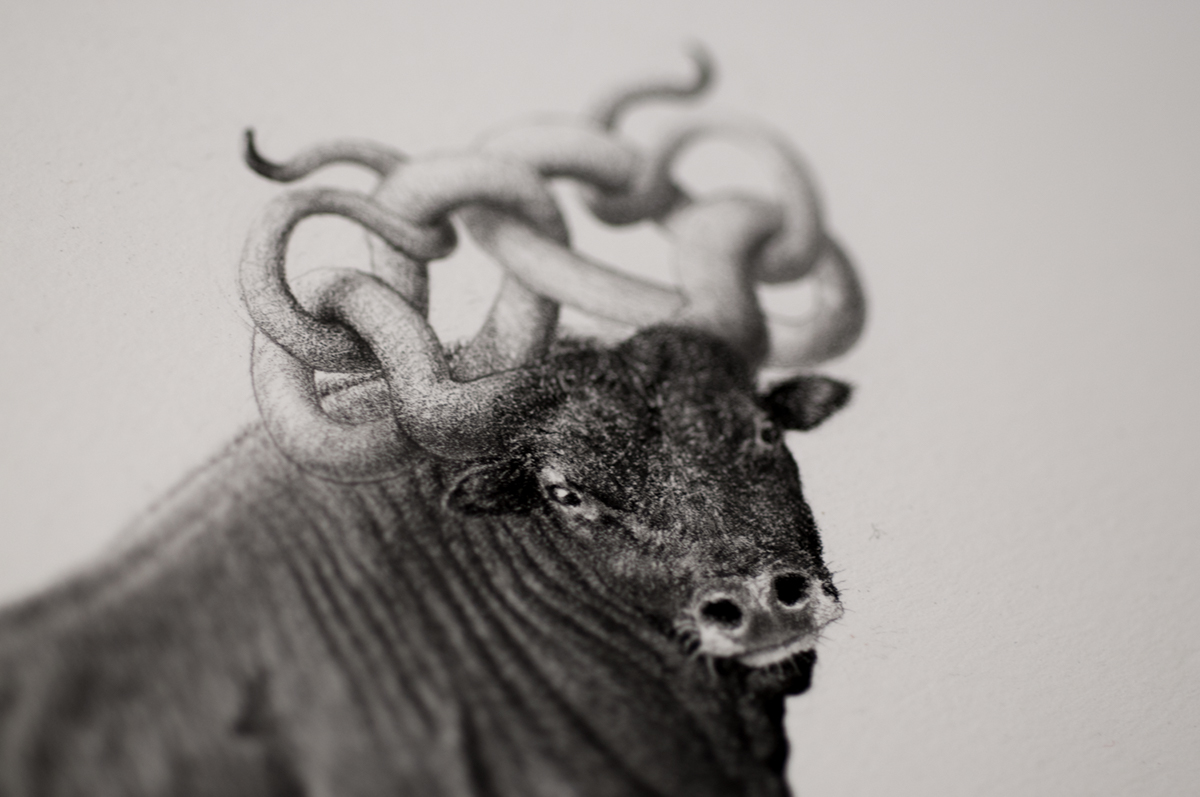
Bonaso detail
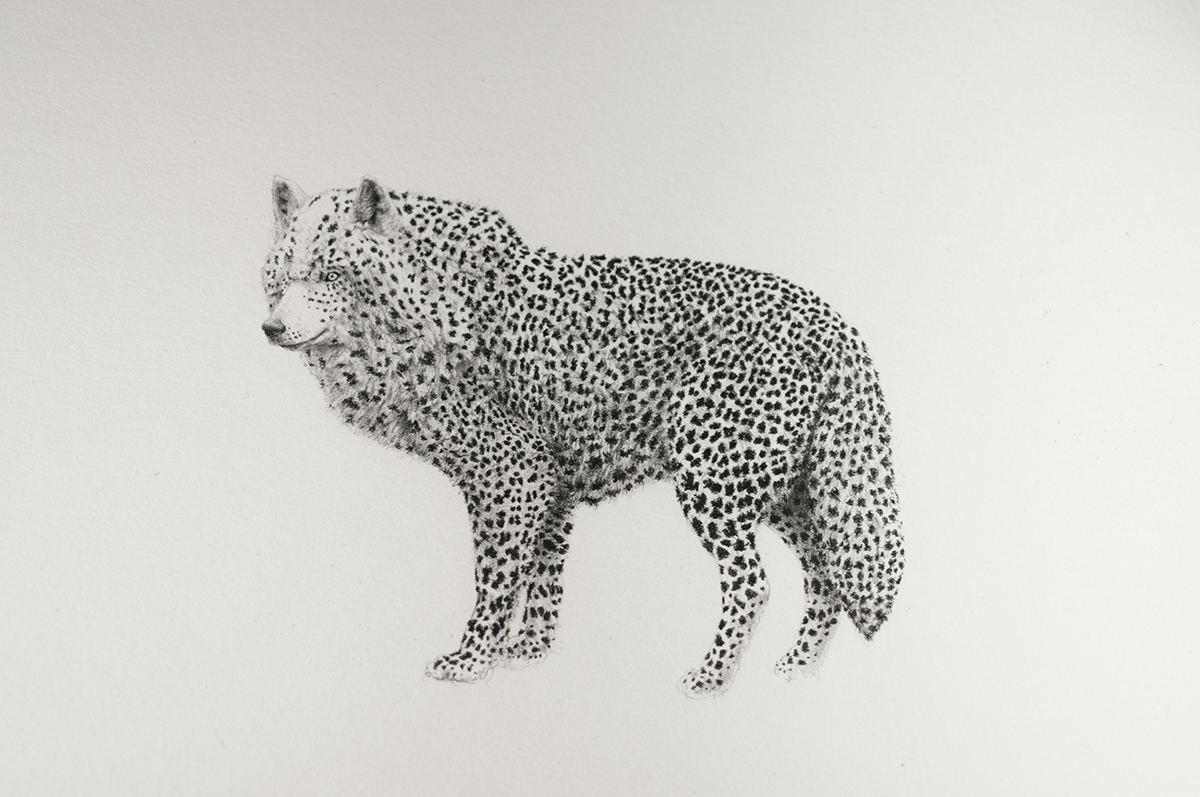
Rufio o lobo cerval

Armenian Horned Chicken
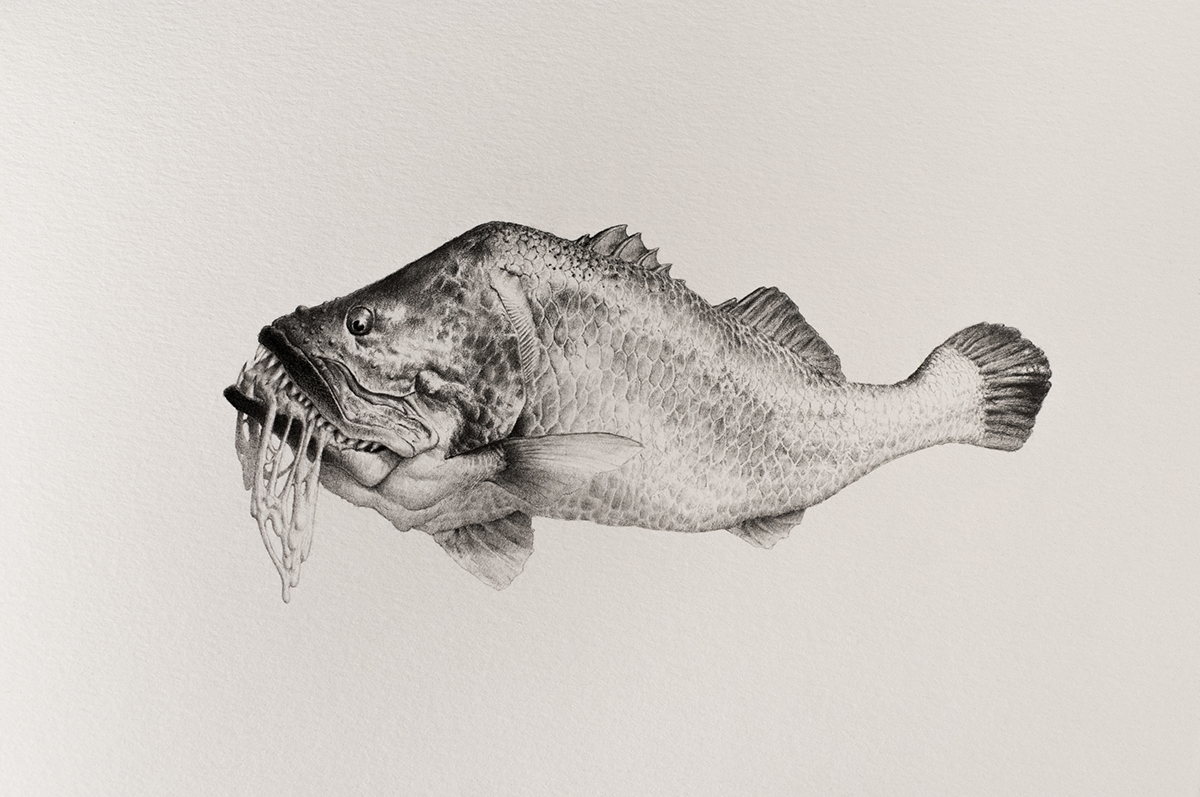
Fox-Shark
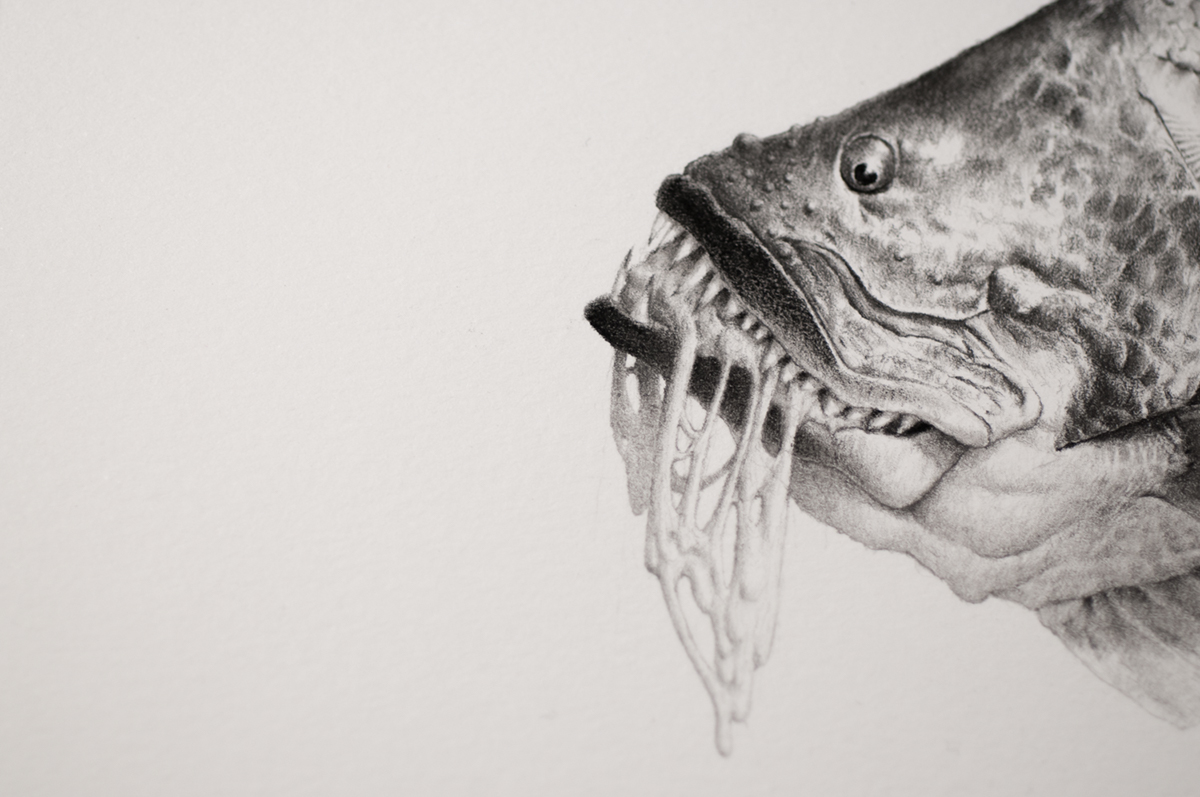
Fox-Shark detail
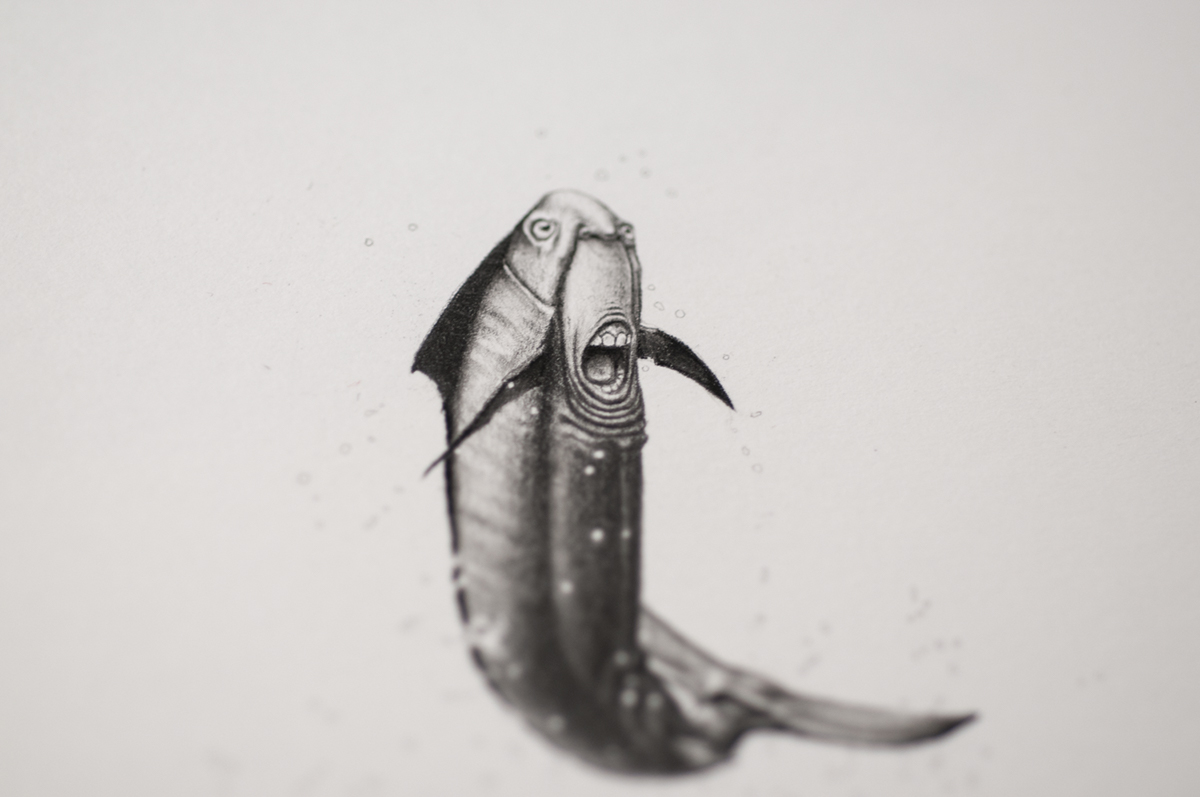
Dolphin
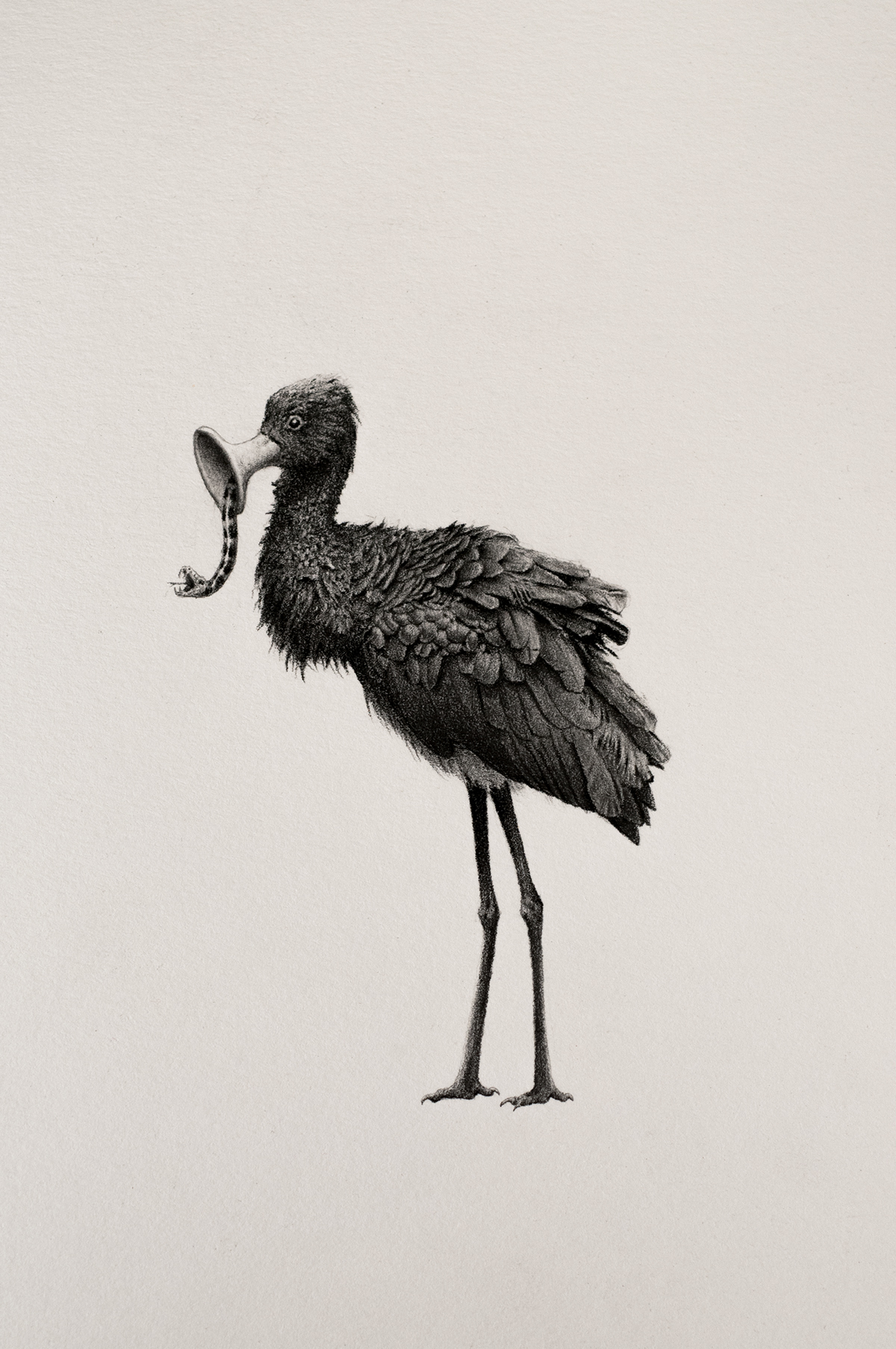
Ibis
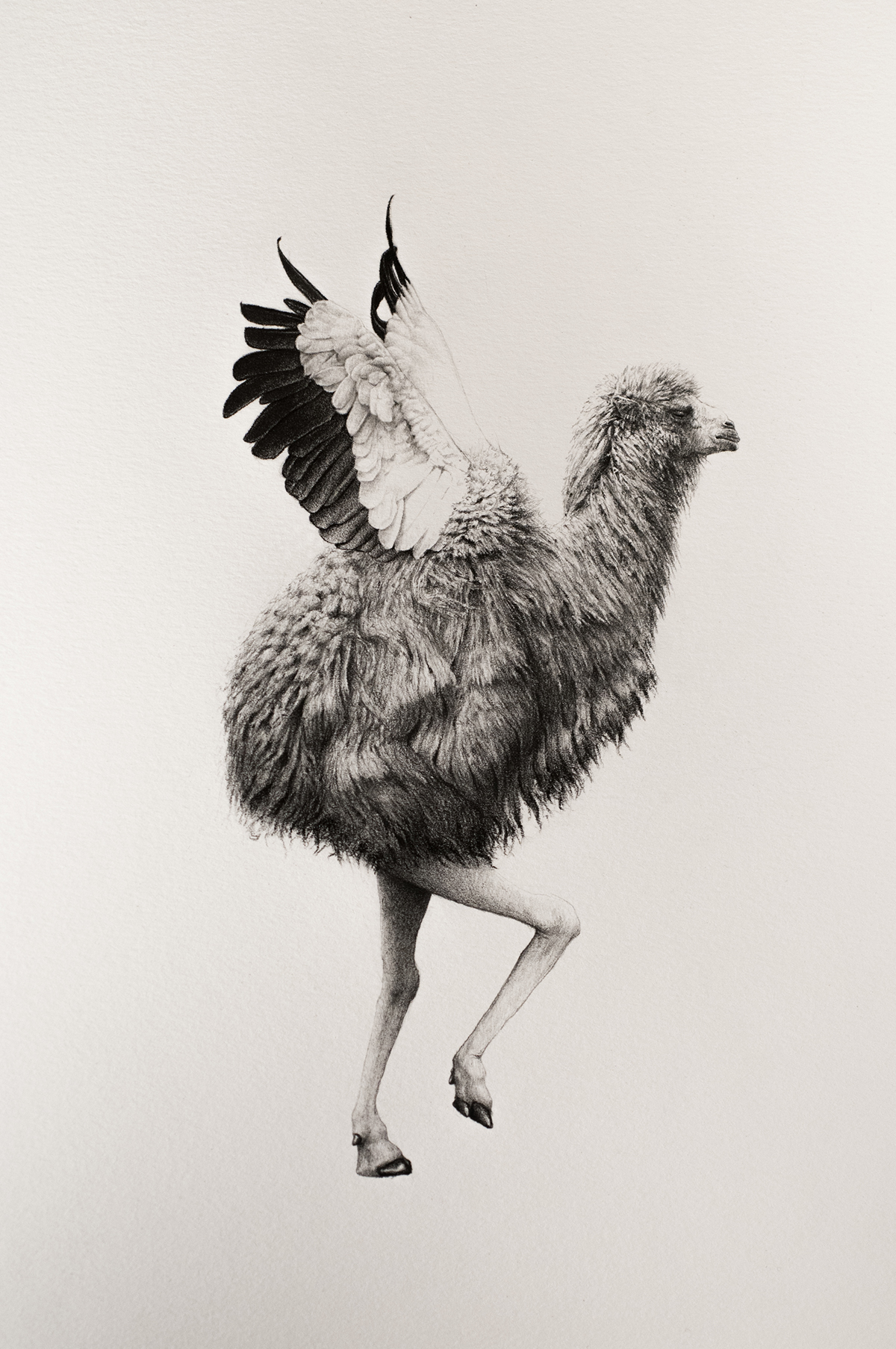
Camel Ostrich
“La región colindante con Siria posee un gran número de animales salvajes […]. Produce también animales híbridos y de formas mixtas entre los que se encuentran comprendidos las ***. como indica su nombre, son mezcla en su fisionomía de aves y camellos. Pues tienen un tamaño parecido al camello recién nacido, pero sus cabezas están cubiertas de cabellos erizados, ojos grandes y color negro, nada diferentes en su forma y coloro a los de los camellos. Posee un largo cuello y hocico muy corto y acabado en punta. Está provisto de alas cubiertas de fino pelaje, y sostenido por dos patas con pezuñas hendidas, tiene apariencia de animal terrestre y de ave. Al no poder elevarse y volar a causa de su peso, realiza rápidos saltos por tierra, y cuando es perseguido por los jinetes lanza piedras con sus patas como hondas que caen contra sus perseguidores de manera tan vigorosa que a menudo les producen profundas heridas. Cuando se encuentra rodeado, oculta su cabeza en cualquier matorral o abrigo similar, no, como piensan algunos, por su estupidez, pensando que al no ver a los demás tampoco es visto por los demás, sino que por ser esta parte la más débil de su cuerpo busca una cobertura para su supervivencia; en efecto, la naturaleza se presenta como una buena maestra para todos los animales no sólo para su supervivencia, sino también para sus crías y a través del innato aprecio a la vida conduce a las generaciones sucesivas a un ciclo eterno de subsistencia.”
Diódoro.
NATURALISTS (17th to 19th centuries)

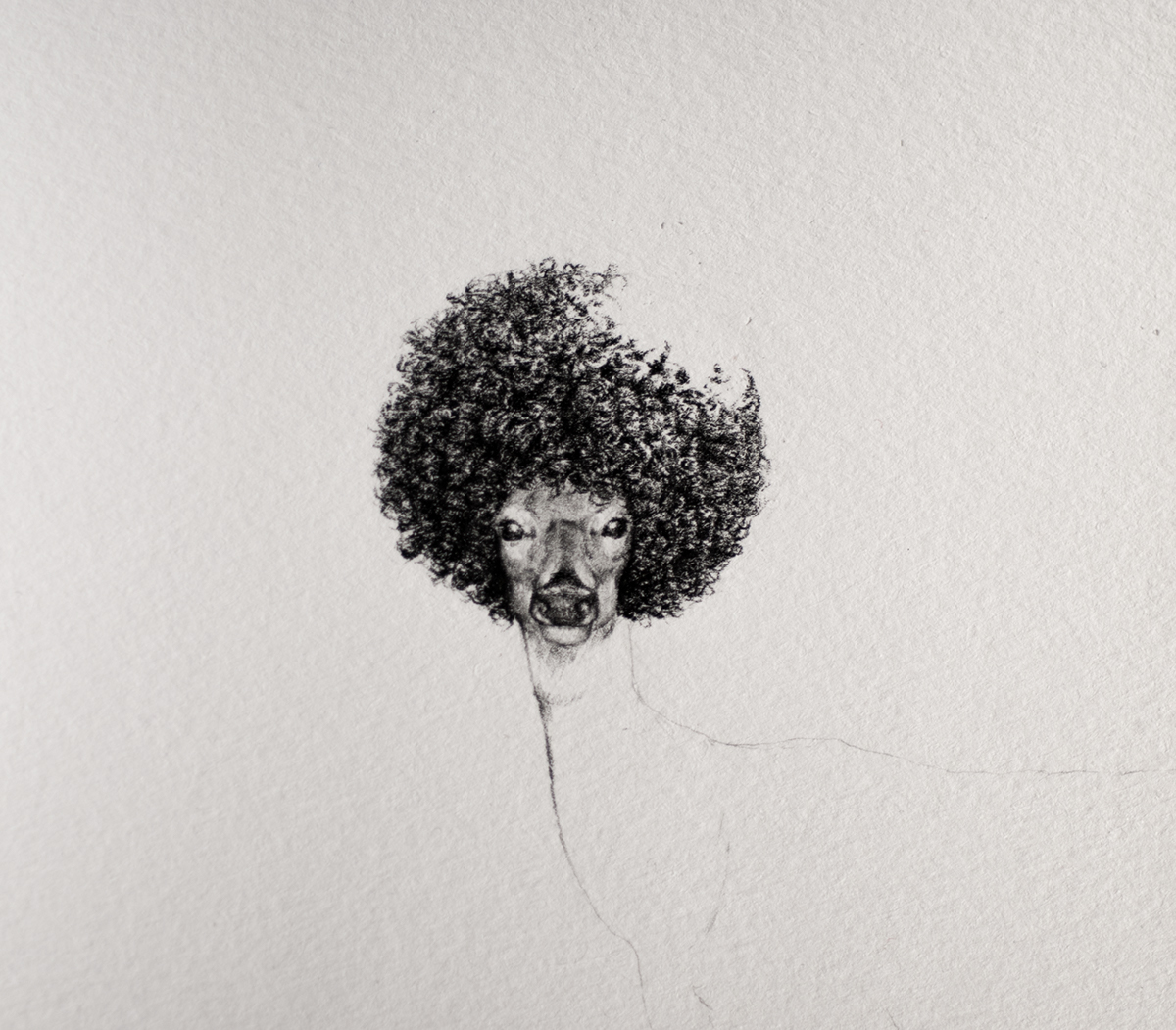

Cokaroach
“The common *** of the Bermudas is Blatta Americana. It is extremely abundant during the hot summer months, particularly in old houses surrounded by trees. Far different from our English species, which appears to have a preference for “life below stairs”, the B. Americana, strong and swift of wing, flies in through the drawing-room windows, and, buzzing about the heads of those assembled at the social tea-table, pops down upon any substance within its reach; now on a piece of cake, now on the butter, off again to the milk jug, then gnawing away at the candle, its long feelers occasionally getting a reminder from the flame, until at last defeated of its purpose, it flies off through the open window, to become troublesome to the inhabitants of some other abode. Nothing apparently comes amiss to these insects as food, although they generally show partiality for substances of a greasy nature. Among other accomplishments, they will drink black ink with impunity; lay a hat by for a few days, and on taking it down from its place, you will generally find the leather band inside gnawed all around by these mischievous creatures; a pair of dress boots will share a similar fate, the enamel being eaten off in several places. The ‘Mudians’ generally use bags (to preserve extra boots and shoes in), well tied at the mouths, to keep out these indefatigable destructives. It is rather a handsome [...], of a chesnut colour.
All kinds of poultry feed greedily upon the ***; tame ducks spending entire moonlight nights in their capture.” Pp. 109-110.John Matthew Johns, John L. Hurdis, John Walter Wedderburn, The naturalists in Bermuda: a sketch of the geology, zoology and botany of that remarkable group of islands; together with meteorological observations, Londres: Reeves & Turner, 1859.
“The common *** of the Bermudas is Blatta Americana. It is extremely abundant during the hot summer months, particularly in old houses surrounded by trees. Far different from our English species, which appears to have a preference for “life below stairs”, the B. Americana, strong and swift of wing, flies in through the drawing-room windows, and, buzzing about the heads of those assembled at the social tea-table, pops down upon any substance within its reach; now on a piece of cake, now on the butter, off again to the milk jug, then gnawing away at the candle, its long feelers occasionally getting a reminder from the flame, until at last defeated of its purpose, it flies off through the open window, to become troublesome to the inhabitants of some other abode. Nothing apparently comes amiss to these insects as food, although they generally show partiality for substances of a greasy nature. Among other accomplishments, they will drink black ink with impunity; lay a hat by for a few days, and on taking it down from its place, you will generally find the leather band inside gnawed all around by these mischievous creatures; a pair of dress boots will share a similar fate, the enamel being eaten off in several places. The ‘Mudians’ generally use bags (to preserve extra boots and shoes in), well tied at the mouths, to keep out these indefatigable destructives. It is rather a handsome [...], of a chesnut colour.
All kinds of poultry feed greedily upon the ***; tame ducks spending entire moonlight nights in their capture.” Pp. 109-110.John Matthew Johns, John L. Hurdis, John Walter Wedderburn, The naturalists in Bermuda: a sketch of the geology, zoology and botany of that remarkable group of islands; together with meteorological observations, Londres: Reeves & Turner, 1859.

Cokaroach detail
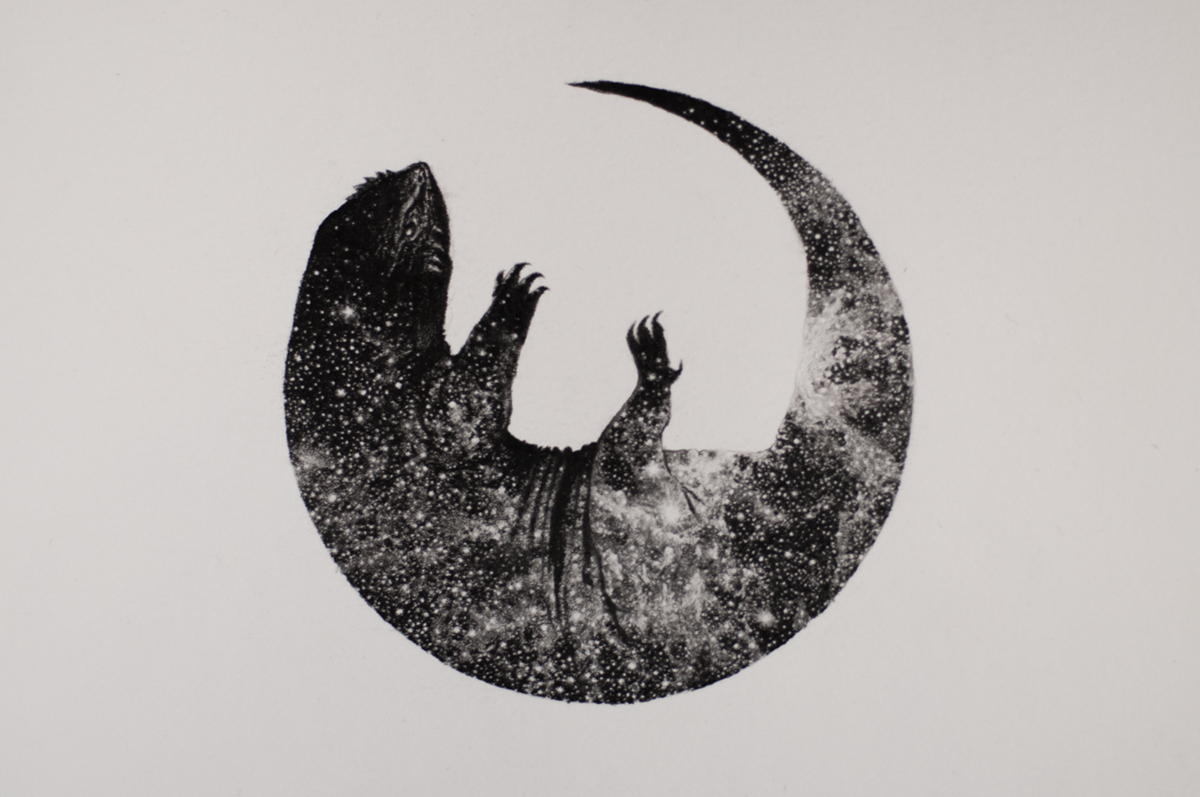
Proctotretus Pectinatus or Brazilian Striped Iguana
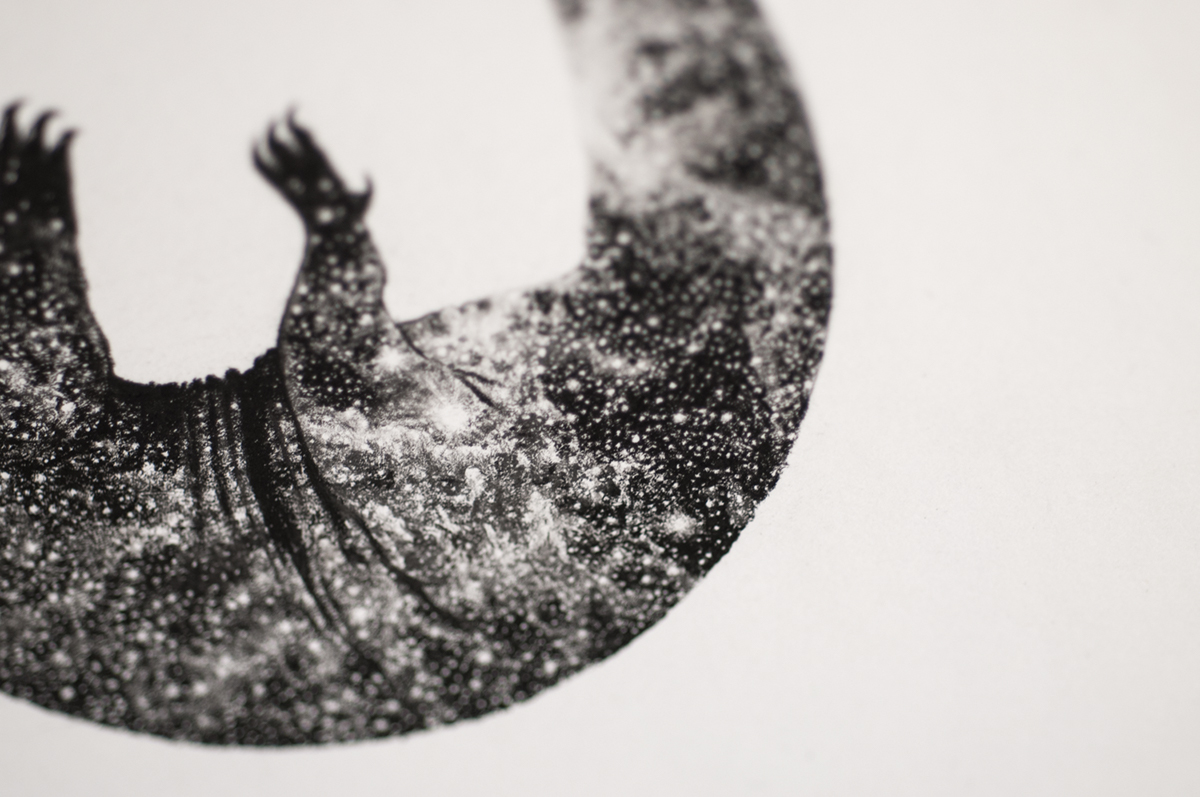
Proctotretus Pectinatus or Brazilian Striped Iguana detail
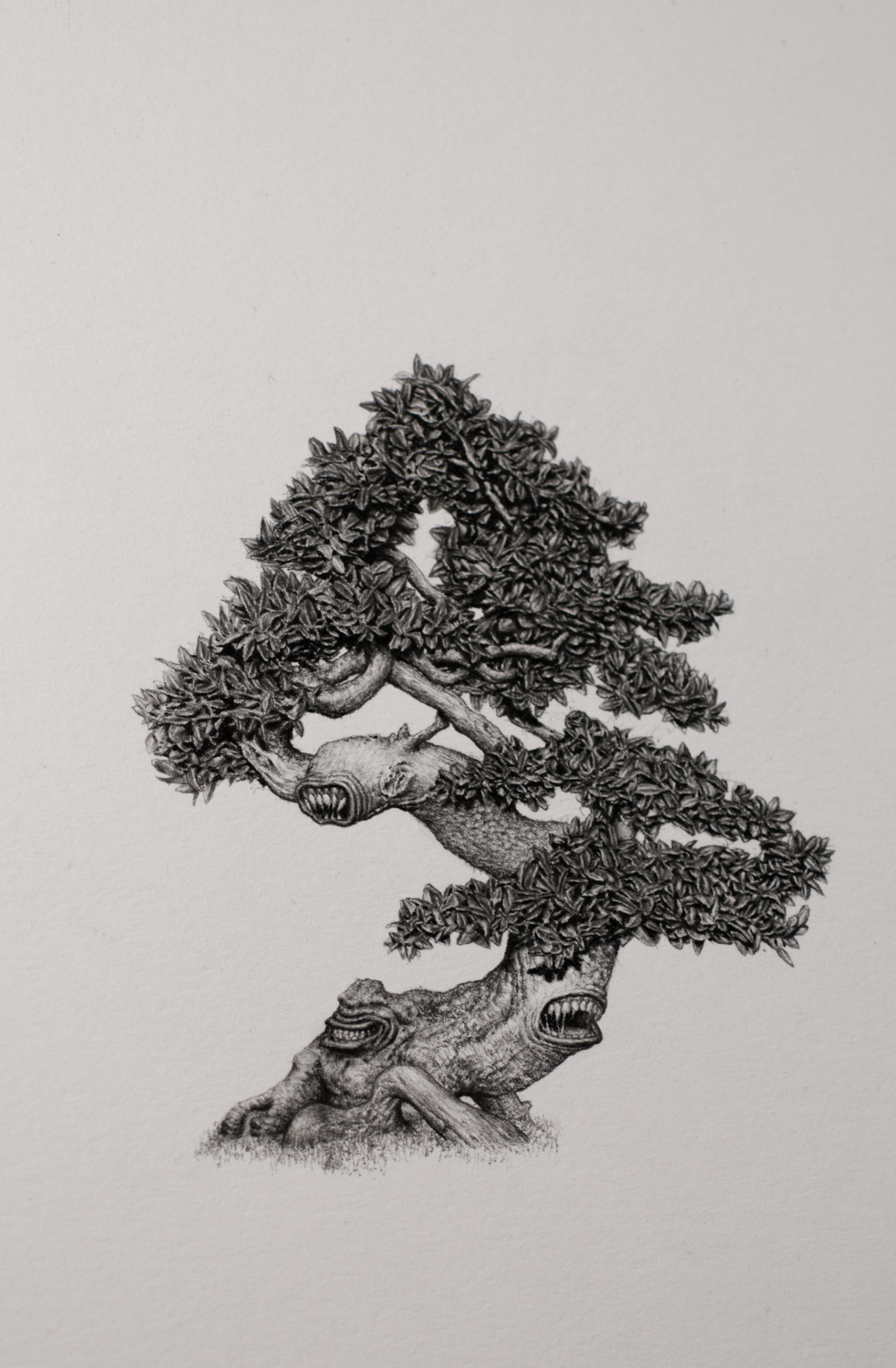
Leaf-Nosed Vampire Bat

Leaf-Nosed Vampire Bat detail
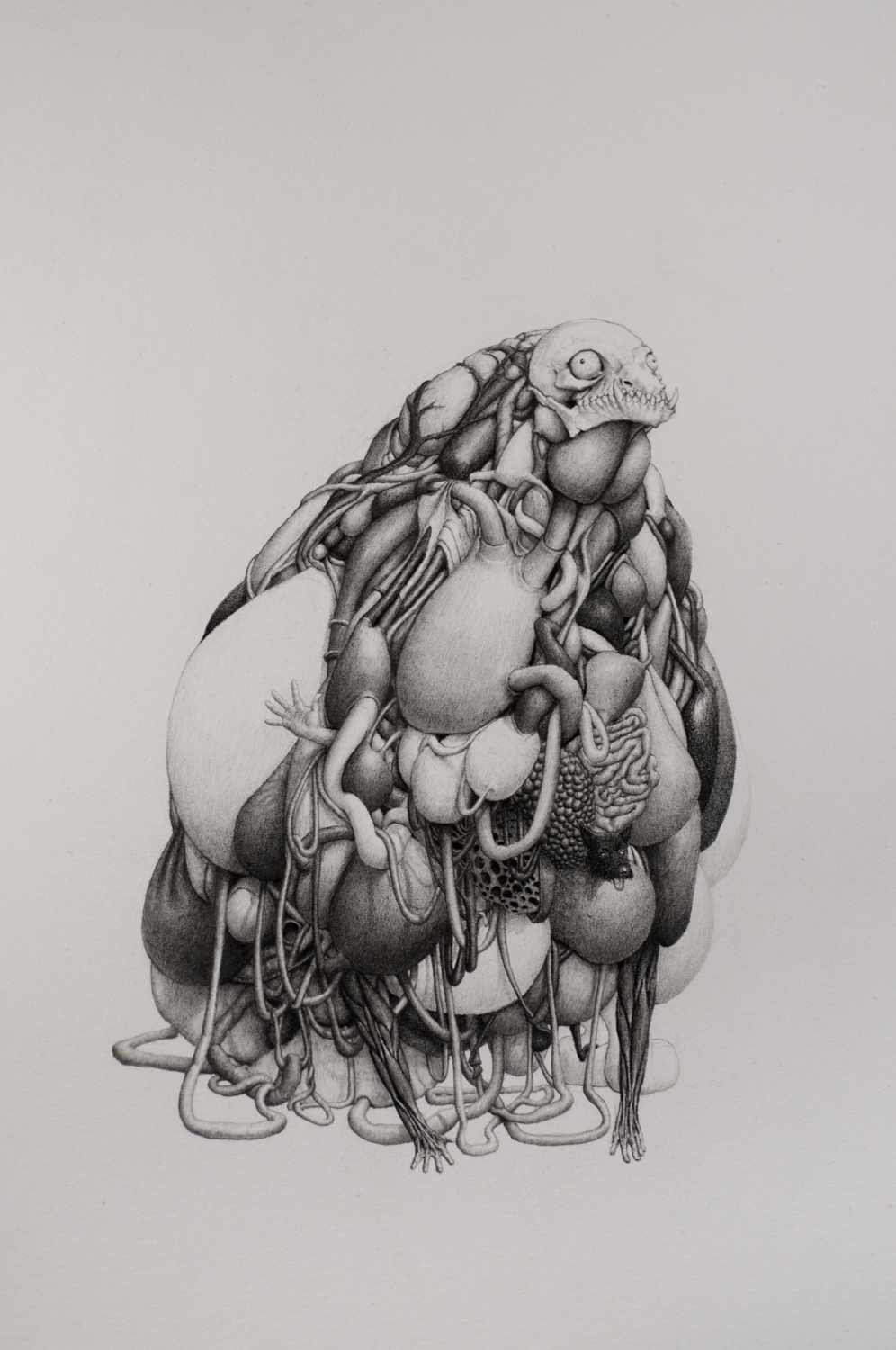
Alligator
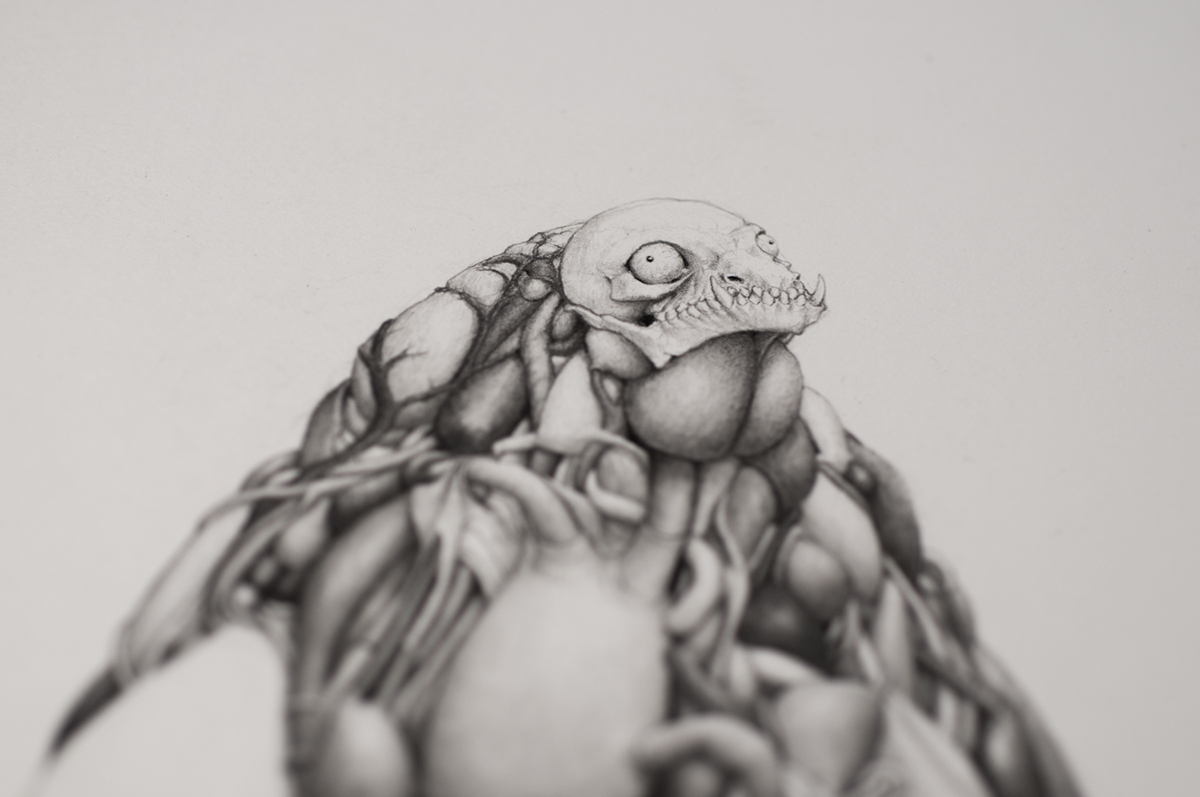
Alligator detail

Alligator detail

Alligator detail

Alligator detail
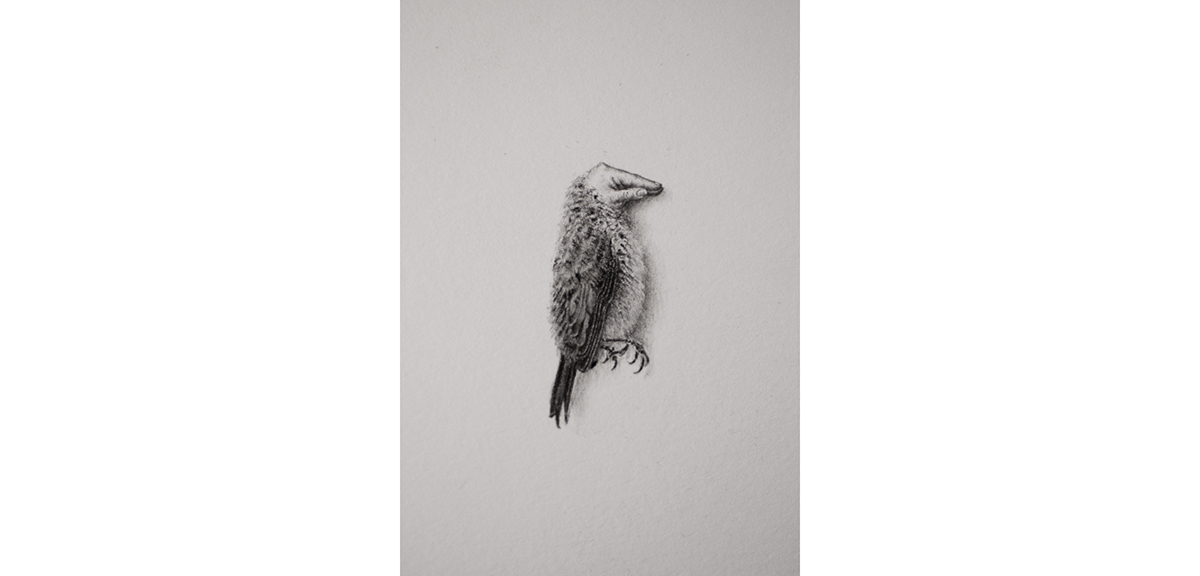
Charlatan o Tordo Arrocero

Thanks for watching.


